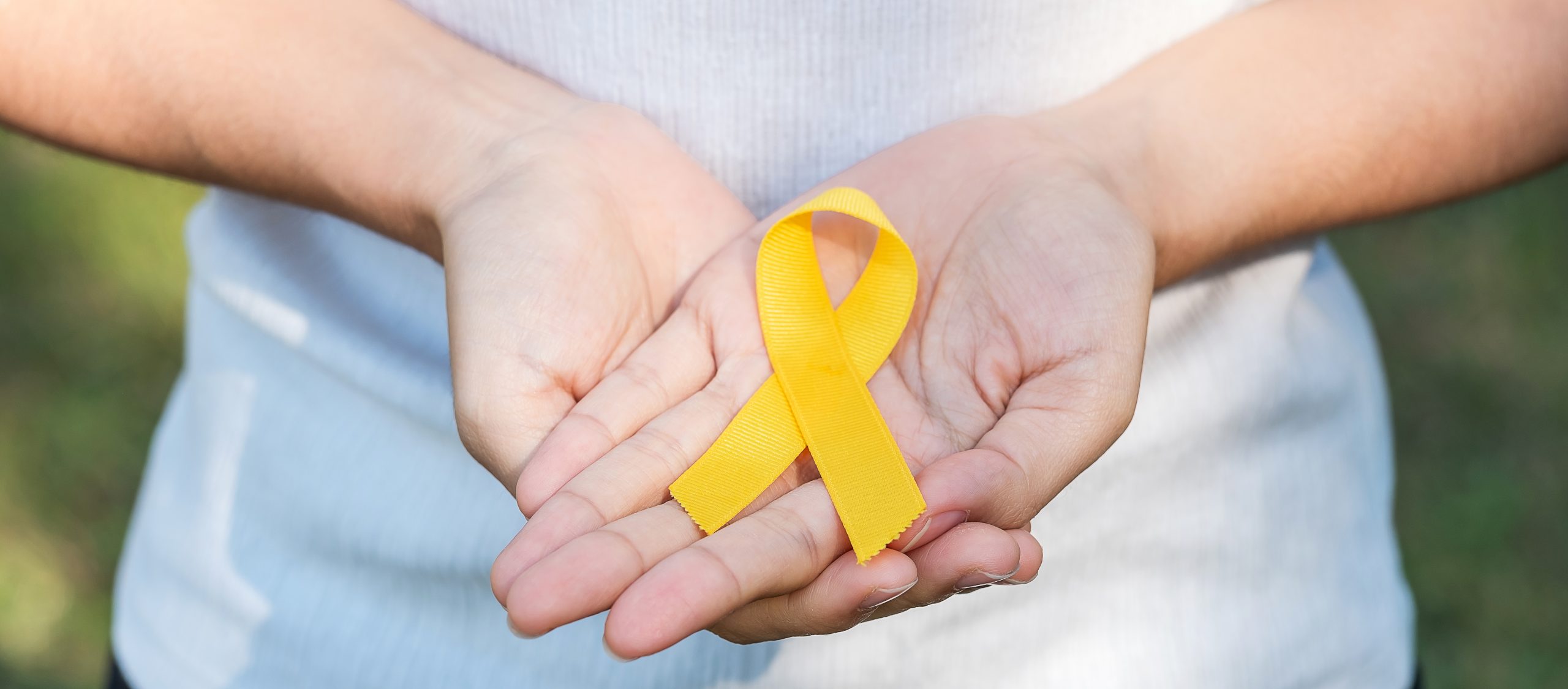Key points:
-
Sarcoma is a rare type of cancer; therefore, its research is scarce and its detection is often late.
-
Sarcoma is detected by physical examination by finding a hard lump that does not cause pain.
-
July 13 marks International Sarcoma Day to raise awareness about success in treating it through early detection.
What is sarcoma?
Sarcoma is a variety of cancers that can originate in different parts of the body, from bone to soft tissues such as muscle, joints, nerves, fat, blood vessels, tendons, and other soft connective tissues.
The WHO (World Health Organization) recognizes up to 150 variants of this type of cancer. Sarcomas can appear mainly on the limbs, the trunk, and within the abdominal cavity.
Sarcoma’s impact in Mexico and the world
In Mexico, sarcoma mostly affects children, but it also manifests in adolescents and adults between 15 and 39 years old. In the Oncology Hospital of the XXI Century National Medical Center, there are between 6 and 7 thousand consultations for this disease.
Each year, approximately 10,000 new sarcoma patients are added. In Europe, one in 20 thousand people suffer from it.
The American Cancer Society estimated that by 2021 approximately 13,460 new cases would be visible in the United States, as well as 5,350 people who would lose their lives in the same year due to this cause.
The problem in the diagnosis
Due to the wide variety of sarcomas, the rarity of the disease, and the low rate among the population by variant, research has become complicated and thus diagnosis is often late, which directly affects the outcome of the treatment.
Sometimes patients undergo extensive tests periods that in the end do not lead to a definitive diagnosis, which generates negative emotions that leads to giving up trying to improve their health.
Approximately 65% of diagnosed patients have abandoned their treatment due to a lack of financial support.
Look out for symptoms like feeling bulges through the skin, sudden fracture and bone pain, weight loss for no apparent reason. Similarly, consider these risk factors: having been under radiation therapy, having been exposed to viruses or chemicals, or chronic inflammation.
What types of treatments currently exist for sarcomas?
Today there are various treatments that will depend on the stage they are in and/or the size of the tumor and how much it has spread.
Among these practices we find:
- Surgery
- Radiotherapy
- Chemotherapy
- Immunotherapy
- Ablation therapy
- Targeted therapy
A multidisciplinary team is needed to win the fight against sarcoma. Specialists in oncology, orthopedic oncology, psychology, nutrition, psychiatry, pathologist radiologists, specialists in palliative care, etc. will be involved in the treatment.
If the sarcoma is in a limb, early detection can be the difference between amputation and limb preservation. In some cases, grafts are used to occupy the space where the tumor was.
The best way to detect any disease is to see a doctor regularly, have routine check-ups, and do a manual body scan for unusual lumps. Healthy eating and staying away from substances harmful to health.
Tel. (55) 5230 8000
Radiotherapy: ext. 3230
Chemotherapy: ext. 3528 and 3529
Administrative coordination: ext. 3722
At ABC Medical Center’s Cancer Center, we can provide you with specialized care. Contact us!
Fuentes:
https://www.imss.gob.mx/prensa/archivo/202007/472
https://www.mayoclinic.org/es/diseases-conditions/sarcoma/diagnosis-treatment/drc-20452650
https://foroconsultivo.org.mx/FCCyT/boletines-de-prensa/abandona-tratamiento-65-por-ciento-de-pacientes-con-sarcoma
https://www.niusdiario.es/sociedad/sanidad/bulto-pierna-puede-ser-sarcoma-cancer-raro_18_2821620205.html
https://www.medicosypacientes.com/articulo/los-afectados-por-sarcomas-sienten-que-padecen-%E2%80%9Cel-c%C3%A1ncer-olvidado
https://www.cancer.org/es/cancer/tipos/sarcoma-de-tejidos-blandos/acerca/estadisticas-clave.html
